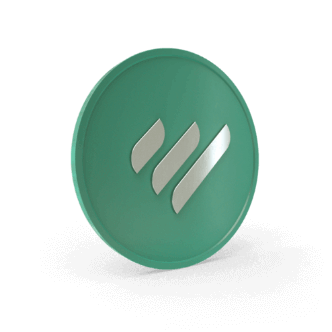- A Market Order allows investors to execute their order at the available market price. It ensures guaranteed execution.
- A Limit Order allows Investors to execute their order at a specified price. It ensures a guaranteed price but not guaranteed execution.
- A Limit Buy Order allows investors to buy the shares at a lower price than the current market price when the price drops to the specified level.
- A Limit Sell Order allows investors to sell the shares at a higher price higher than the current market price when the price rises to the specified level.
What is a Stop order?
A stop order or stop limit order is an order to buy or sell a stock that combines the features of a stop order and a limit order. Once the stop price is reached, a stop-limit order becomes a limit order that will be executed at a specific price.
A stop order is to buy or sell a stock when the share price moves to a certain limit price. Investors who do not want to execute the trade on the market price put a stop order to limit their loss or protect gains when they want to sell shares that they hold in their portfolio.
An example stop limit buy:
Apple is currently trading at $145 but you think it’s going to increase, and you want to buy once the price starts moving upwards. You place a stop-limit buy order at $150 and a limit price at $155. If the price of Apple reaches $150, your order will convert to a limit order with a limit price of $155.
An example stops the limit sell:
Apple is currently trading at $145 but you think it’s going to decrease, and you want to sell once the price starts moving downwards. You place a stop-limit sell order at $135 and a limit price at $130. If the price of Apple reaches $135, your order will convert to a limit order with a limit price of $130.

